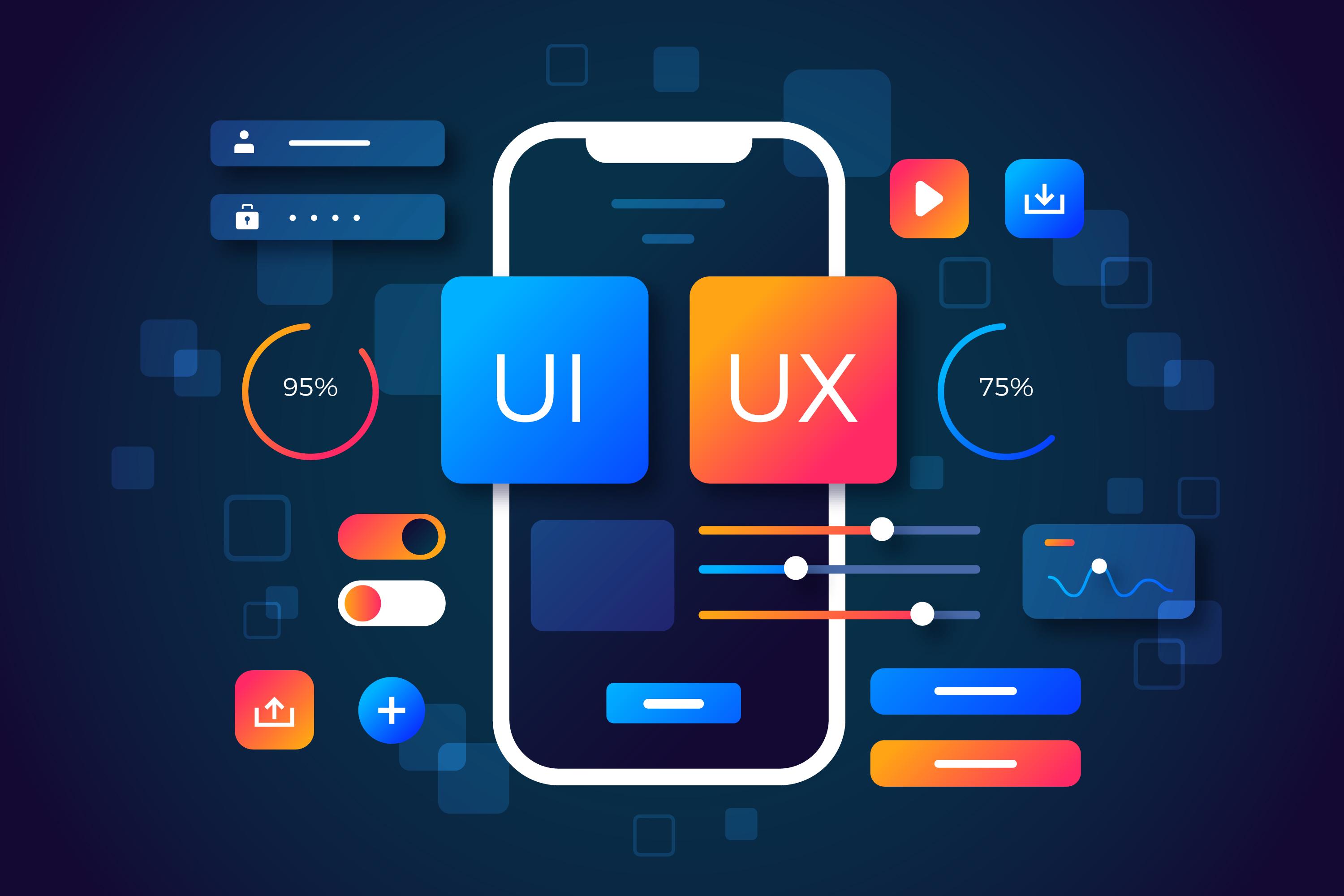A Comprehensive Guide to UI/UX Best Practices
 Deftsoft
Deftsoft
Have you ever wondered what makes some iOS apps seamlessly intuitive and visually captivating, while others leave users fumbling through a maze of confusion? Welcome to the dynamic world of iOS app design and User Interface/User Experience (UI/UX) – a realm where functionality meets aesthetics to create a harmonious digital experience. In this guide, we'll delve into the best practices that elevate iOS app design, ensuring a delightful user journey and maximizing the potential of your app.
Essence of iOS Development:
Before we embark on the journey of crafting an exceptional iOS app design, it's crucial to grasp the fundamentals of iOS development. iOS, the operating system powering Apple's mobile devices, provides a robust platform for app creators. The seamless integration of hardware and software, coupled with Apple's design philosophy, sets the stage for crafting apps that not only function flawlessly but also dazzle users with their visual appeal.
The Concoction of Aesthetics and Functionality:
A successful iOS app is a combo of aesthetics and functionality. The first impression matters, and the visual design plays a pivotal role in capturing the user's attention. Simultaneously, the interface should be intuitive, ensuring that users can effortlessly navigate through the app's features. Striking this delicate balance is where the magic of UI/UX design unfolds.
Key Principles of iOS Development:
a. Consistency is Key: Consistency in design elements, such as color schemes, typography, and navigation patterns, creates a sense of familiarity for users. This predictability enhances the overall user experience and makes your app more user-friendly.
b. Simplicity Trumps Complexity: Steve Jobs once said, "Simple can be harder than complex: You have to work hard to get your thinking clean to make it simple." Embrace simplicity in your design. Clear and concise interfaces not only look elegant but also contribute to smoother user interactions.
c. Prioritize User Flow: Understanding how users move through your app is crucial. Map out user journeys and ensure that the navigation is logical and intuitive. Minimize unnecessary steps to enhance efficiency and keep users engaged.
d. Embrace Apple's Human Interface Guidelines: Apple provides a comprehensive set of guidelines for iOS app design. Adhering to these guidelines ensures that your app aligns with the iOS ecosystem seamlessly. Consistent compliance enhances user trust and satisfaction.
#Designing for Different iOS Devices:
Considering the diverse range of iOS devices, from iPhones to iPads, it's imperative to design with responsiveness in mind. A responsive design adapts to different screen sizes and resolutions, ensuring a consistent experience across the iOS ecosystem. This adaptability is crucial for accommodating the varying preferences and usage patterns of users across different devices.
#The Power of Visual Hierarchy:
Visual hierarchy is the art of arranging and prioritizing elements on the screen based on their importance. Leverage this concept to guide users' attention to key features and information. Utilize contrasting colors, sizes, and placement to create a hierarchy that enhances the overall usability of your app.
#Interactive Elements and Gestures:
Incorporate interactive elements and gestures thoughtfully. From swiping to tapping, gestures should feel natural and responsive. Consider the ergonomics of mobile device usage, ensuring that gestures are natural and enhance the overall user experience.
#The Role of Feedback in User Engagement:
Providing feedback is essential for keeping users informed about the outcome of their actions. Whether it's a subtle animation or a confirmation message, feedback reinforces the connection between user input and system response. This simple yet powerful element contributes to a more engaging and user-friendly experience.
#Testing and Iteration:
The journey of iOS app design doesn't end with the initial release. Regular testing and iteration are crucial for addressing user feedback and refining the user experience. Embrace a user-centric approach, gather insights, and implement improvements to ensure that your app evolves with the changing needs and preferences of your audience.
Conclusion: Elevating iOS App Design to New Heights
In the vast landscape of iOS development, the design is the beacon that guides users through the digital realm. By embracing the principles of consistency, simplicity, and user-centricity, you can create iOS apps that not only meet the functional requirements but also leave a lasting impression on users. As you embark on your iOS development journey, let this guide serve as a compass, navigating you through the intricate art of UI/UX design, and empowering you to craft apps that captivate and delight users. Cheers to making innovative iOS app designs, and may your next creation set new standards in the ever-evolving world of mobile experiences.
Subscribe to my newsletter
Read articles from Deftsoft directly inside your inbox. Subscribe to the newsletter, and don't miss out.
Written by

Deftsoft
Deftsoft
Deftsoft – a full-service web design and development agency. With 19+ years of experience, we offer secure, responsive websites, blockchain development, metaverse development, web apps, and top-tier digital marketing services. Our success story includes 1000+ valuable clients, Google partnerships, and HR excellence. Trust in our leadership and values for sustainable, quality-driven excellence.